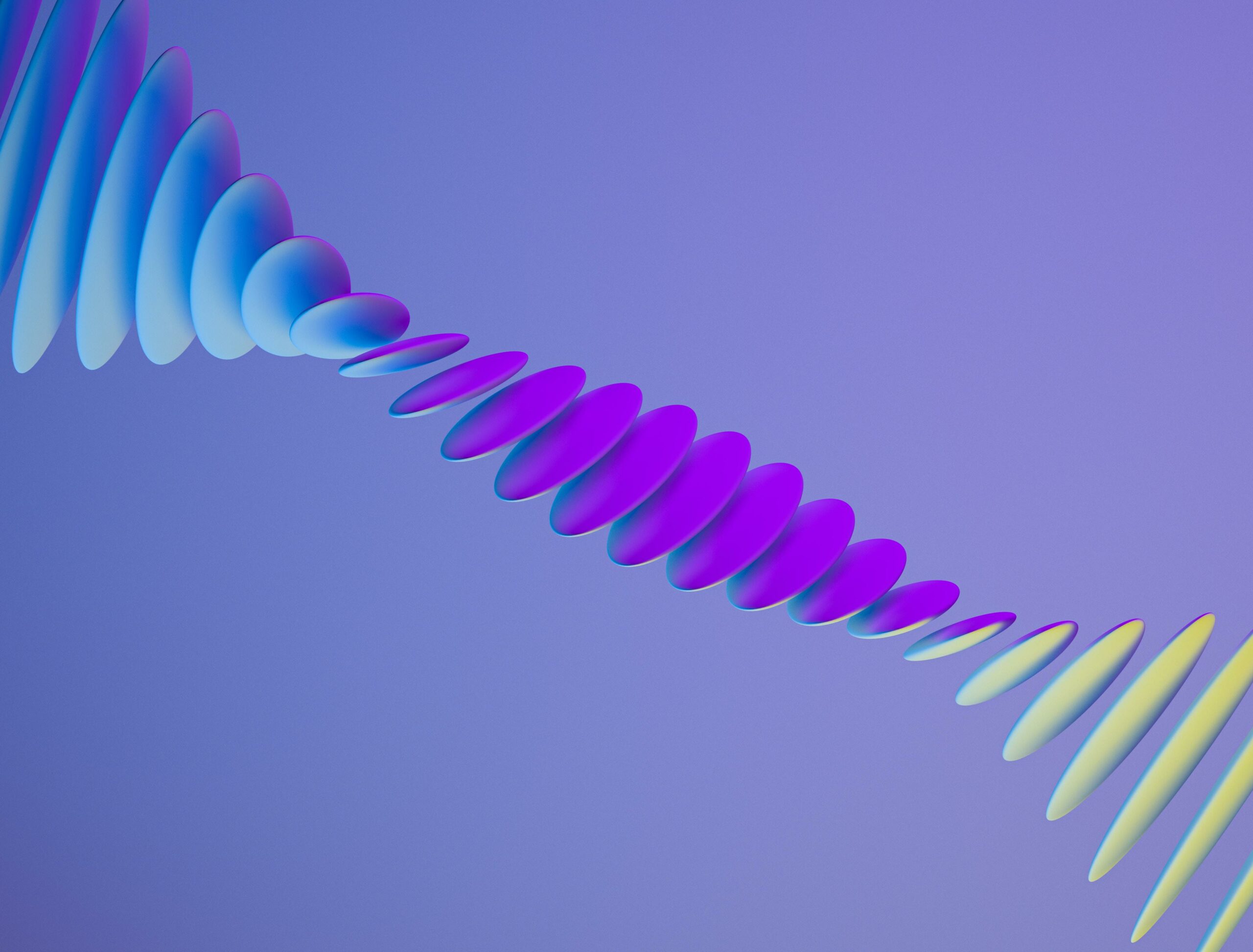Are you ready to dive into the enchanting world of 2D animation? Prepare yourself for a mesmerizing journey filled with captivating fun facts that will unveil hidden insights into this beloved art form. From the magical creations brought to life on the screen to the intriguing techniques and lesser-known aspects, this article will transport you into the whimsical realm of 2D animation. Get ready to be fascinated as we explore the captivating fun facts that make 2D animation a timeless treasure. So, sit back, relax, and prepare to be amazed!

Fun Facts 2D Animation
As a seasoned writer with a deep passion for the whimsical world of animation, I have uncovered an array of captivating fun facts about 2D animation that are sure to spark your curiosity! From the origins of this timeless art form to its versatile applications and unique techniques, let’s embark on a delightful journey to unveil hidden insights that make 2D animation so beloved.
Origins and Techniques
Let’s begin by delving into the rich history of 2D animation. Did you know that this captivating art form has been around since the 1800s? Predominantly used for cartoons and animated movies, 2D animation utilizes sequential images or objects to create the illusion of movement. Unlike 3D animation, which leverages computer graphics technology, 2D animation is created within a two-dimensional space. This means that animators use their artistic abilities to bring characters and stories to life without the need for advanced computer modeling.
To add depth and visual interest to the 2D animation, animators employ techniques such as perspective and foreshortening. These techniques create the illusion of three-dimensionality, drawing the viewer into the animated world. So, even though 2D animation exists in a two-dimensional space, it can give the impression of depth and immerse us in a captivating visual narrative.
Fun Fact: “Animation” derives from the French word “âme,” meaning “soul.” Through the art of animation, characters come to life, breathing their own unique soul into the storytelling.
Iconic Characters and Creations
Now, let’s explore some iconic characters and creations that have shaped the world of 2D animation. The beloved animated series “The Simpsons” features an ingenious “cartoon within a cartoon” called “Itchy & Scratchy.” Did you know that these mischievous characters are spoofs of the classic cat-and-mouse duo, Tom and Jerry? This amusing reference showcases the playful nature of 2D animation, where creators honor and reinterpret established tropes in their own whimsical way.
Moving beyond cartoons, 2D animation has found its place in various mediums, including games, films, advertisements, and web content. The practicality and cost-efficiency of 2D animation make it a popular choice for many projects. Whether it’s breathing life into a character for a video game or crafting a visually stunning animated advertisement, the versatility of 2D animation knows no bounds.
Fun Fact: Walt Disney, the visionary behind the enchanting world of animation, initially presented the idea of a cartoon featuring the iconic Mickey Mouse to Louis Mayer, a prominent film executive. This meeting was a pivotal moment that led to the birth of an enduring cultural phenomenon.
Evolution and Techniques
As technology advanced, so did the tools and techniques used in 2D animation. While traditional methods involved hand-drawn frames, most animators now rely on software applications to bring their ideas to life. These tools not only streamline the animation process but also offer a wide range of creative possibilities. Animators can experiment with different styles, colors, and effects, pushing the boundaries of 2D animation to new heights.
To achieve fluid and believable motions in 2D animation, animators must master the art of timing, spacing, and animation path. These elements contribute to the illusion of movement, allowing characters to come alive on screen. By carefully fine-tuning these aspects, animators create dynamic and engaging animations that captivate audiences of all ages.
Fun Fact: The Pixar opening sequence, where a playful lamp affectionately jumps on the letter “I,” is named Luxo Junior. This iconic lamp has become synonymous with the magic and creativity of 2D animation.
Conclusion
In conclusion, the world of 2D animation is a captivating realm full of enchanting fun facts waiting to be discovered. From its origins in the 1800s to the diverse applications it boasts today, 2D animation continues to capture our imagination and bring stories to life in the most whimsical ways. By embracing the techniques, characters, and technology that define this timeless art form, we can uncover a treasure trove of hidden insights and embrace the soulful magic that makes 2D animation so beloved across the globe.
“In the realm of 2D animation, history intertwines with innovation, and imagination dances hand in hand with artistry.”
2D animation is a fascinating art form that has captivated audiences for decades. From classic Disney films to modern animated series, 2D animation continues to mesmerize viewers with its vibrant visuals and compelling storytelling. If you’re curious to learn some fun facts about 2D animation, click here to uncover the secrets behind this beloved animation technique. Get ready to be amazed by the incredible skill and creativity that goes into bringing 2D characters to life!
Introduction to Fun Facts about 2D Animation
FAQ
Q: When did 2D animation first originate?
A: 2D animation has been around since the 1800s and has been commonly used for cartoons and animated movies.
Q: How does 2D animation create the illusion of movement?
A: 2D animation utilizes sequential images or objects to create the illusion of movement.
Q: Is 2D animation created using 3D computer graphics technology?
A: No, unlike 3D animation, 2D animation is created within a two-dimensional space and does not use 3D computer graphics technology.
Q: Can 2D animation create the illusion of depth?
A: Yes, perspective and foreshortening techniques can be used in 2D animation to create the illusion of depth.
Q: What are some practical applications of 2D animation?
A: 2D animation can be used in various ways, such as creating games, films, advertisements, and web content.
- Jesus Bible: Discover Jesus’s Story Throughout Scripture - April 27, 2025
- Don Luis: Unraveling the 16th-Century Virginia Mystery - April 27, 2025
- Captain J’s Kauai Tours: Unforgettable Na Pali Coast Adventures - April 27, 2025
















